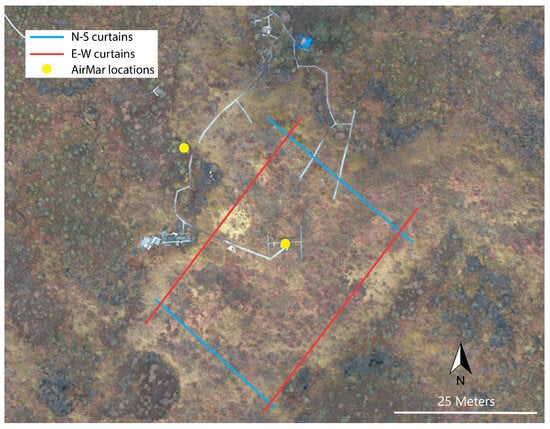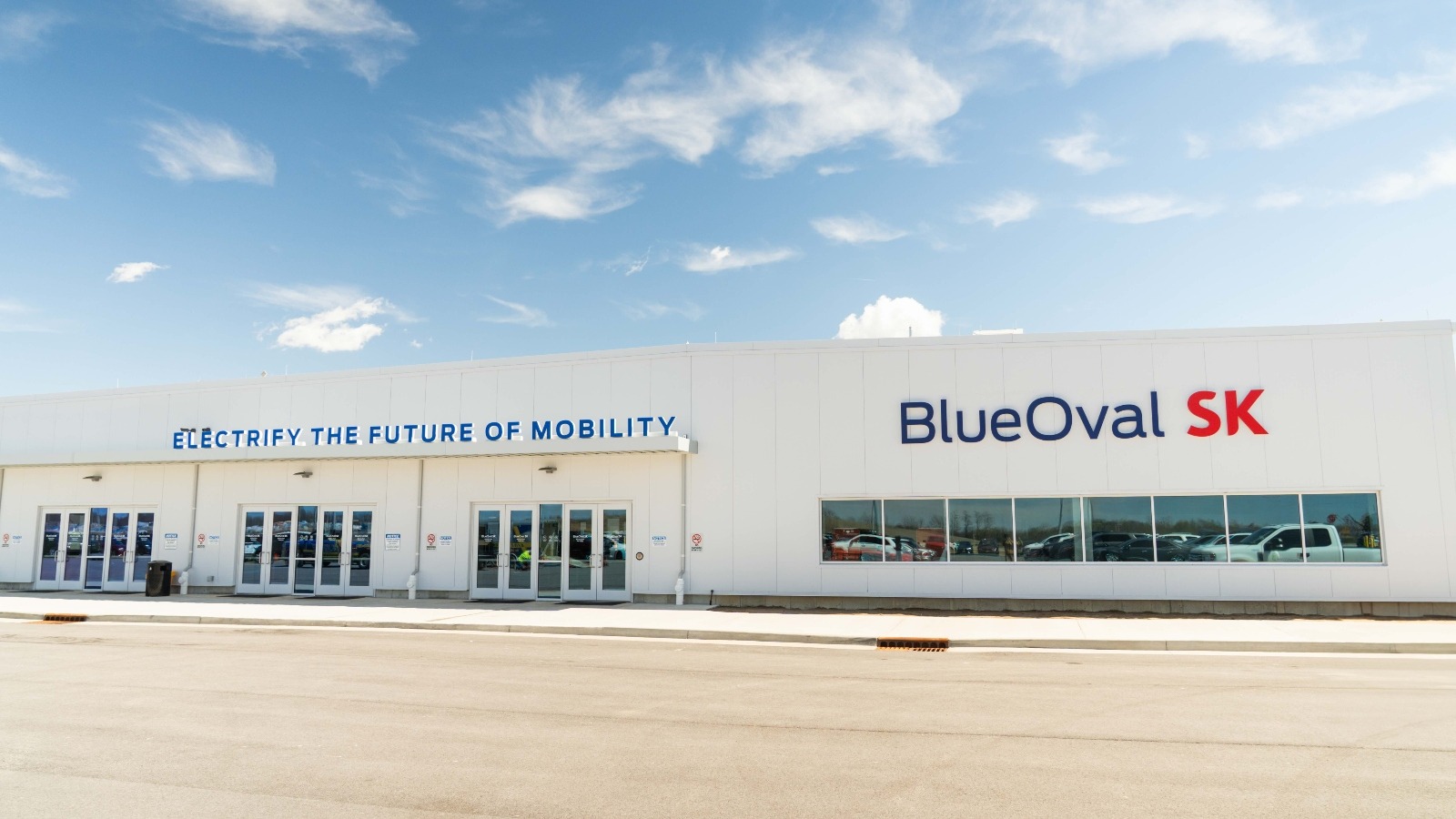4.2. Filtering and Correcting Aerial Data
Many conditions (e.g., weather, flight parameters, relative wind speed over the sensor) need to optimized in order for aerial wind measurements to replicate the true signal. Previous studies where a TriSonica was used to measure wind speed found differences in wind speed between the sensor and reference measurements between 20 and 50% ([26] examining experiments by [37], [25]). Both of these studies mounted the TriSonica above the sUAS, which may increase errors, especially at low wind speeds [31]. It is also important to note that both of these studies had the sUAS in a fixed location, which reduces the relative wind speed over the TriSonica sensor.
sUAS-based wind measurements include other types of error (such as sensor noise, propeller induced biases, and correction inconsistencies); we set about quantifying the impact of some of those factors. Some of the errors seen in our data can be attributed to low true wind speeds. Low wind speeds, combined with the limitations of the TriSonica (which has stated u/v accuracy of ±0.10 ) and translational velocities of ≈1.5–2 , are the likely explanation as to why our average wind speed error is on the order of 1 in the not corrected (NC) case. We also wanted to understand more about variability within our filtered and corrected data. For this examination, we processed these data using a Savitzky-Golay filter over a 2 s interval and examined the resulting variabilities. When applying this process to the TriSonica data, we found a wind speed deviation () of 0.07 , which is similar to the stated accuracy of this sensor. We also used this filtering approach to examine errors related to the sUAS. Translational velocity () had deviations of 0.03 . Pose (; pitch, roll, and yaw) had deviations of , respectively, while rotational rates (; pitch rate, roll rate, and yaw rate) had deviations of , respectively. By utilizing Equation (5), the deviations of the TriSonica measurement, translational velocity, pose, and rotational rate can be converted to using a sequential perturbation method, resulting in an estimated total uncertainty of around ±0.14 . Of this value, the TriSonica contributes the majority of the uncertainty (>80%). The remaining uncertainty lies within the translational velocity (16%), with very little from rotation rates (3%) and pose (<0.01%). It should be noted that this simple test of uncertainty propagation does not include the bias and variability induced by the aircraft.
Our observations give clear indications that both corrections and filtering are needed, especially for more accurate wind direction data (Section 3.2, Figure 8). Our results also indicate that the translational velocity corrections (C2) are the most effective for calculating the true wind direction signal. Improvements due to the rotational velocity corrections (C3) were minor and inconclusive; this result is likely due to the fact that rotational impacts while flying the main section of each transect are small. The sections most impacted by rotational effects are the ends of the transects, where the sUAS turns and adjusts its altitude. Our filtering criteria (Section 2.4.2) excluded the end of each transect, where this process occurs, due to concerns regarding the influence of propeller wash on both the wind and methane measurements while the sUAS was turning and ascending. If one needed to also include transect ends in their data stream, additional investigation into the impacts of the C2 to C3 correction would be needed. However, we do not recommend including the end sections of transects. Our results indicate that wind speed and direction errors are substantially larger without filtering the data for velocity (; Section 2.4.2), relative angle differences (), and the difference between the sUAS heading and wind direction (). We suspect that these filtering criteria may be dependent somewhat on sensor placement relative to the propeller geometry, which in turn impacts the effects of prop wash.
We also found that reduced turbulence intensity () and less variability in wind direction () helped reduce errors in wind speed, and, to a lesser effect, wind direction (Figure 9). Therefore, flying during times when atmospheric stability is at a maximum would aid in obtaining more accurate sUAS-based wind measurements. However, it is unrealistic to expect flights to occur only during optimal atmospheric conditions. We suggest instead users should focus on increasing localized wind stability. Air stability around a sUAS-based wind sensor is influenced by the aircraft propulsion system, the sUAS heading, as well as wind speed and direction.
In N-S flights, most of the wind speed measurements were near or above 2 (Table 1). In contrast, in all E-W flights, with the exception of Flight 3, the wind speed stayed under 2 . These differences could be one explanation as to why our results differ depending on transect orientation. To examine this concept further, we plotted wind speed and wind direction error as a function of relative wind speed for both transects. We found that wind speed errors diminish as relative wind speed increases (Figure 11A), with more measurements having errors < 1 when relative wind speeds reach 2.5 or greater (Figure 11B). This value is similar to 2.3 found in [23], below which authors found increased errors in sUAS-based emissions. Trends with wind direction errors are less clear, although these errors do diminish somewhat at relative wind speeds greater than 3.5 (Figure 11C,D). Based on these results, we believe that flight planning to increase the time that sensors are in relatively free air streams could be an effective tool to minimize wind speed and direction measurement errors. Utilizing the wind triangle (Figure 12), whereby flights are flown in a manner to maximize relative wind speed (red arrow), during this planning should positively impact the accuracy of both wind speed and direction measurements. Investigating the ability to optimize relative wind speeds utilizing the wind triangle is a logical next step for future investigations. In addition, further studies could examine the relative wind speed needed for reduced measurement errors. Potential reasons we found smaller wind speed errors at or above relative wind speeds of 2.5 could be lower turbulence intensity and/or greater atmospheric stability above this value. Understanding the factors controlling this value and how it may vary with different platform/sensor configurations, environmental conditions, and terrain would greatly inform future missions.
Source link
Derek Hollenbeck www.mdpi.com


